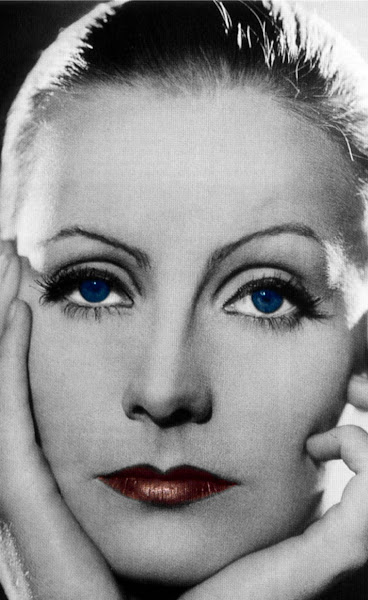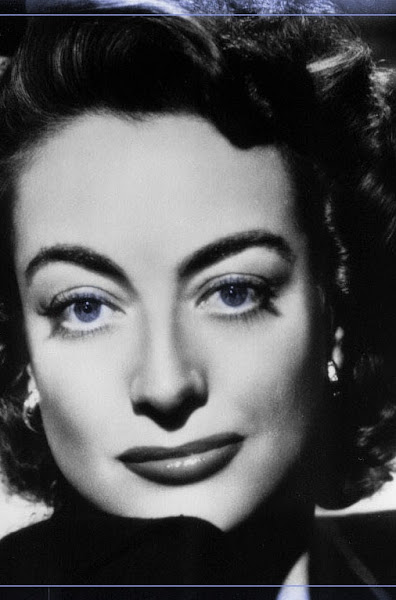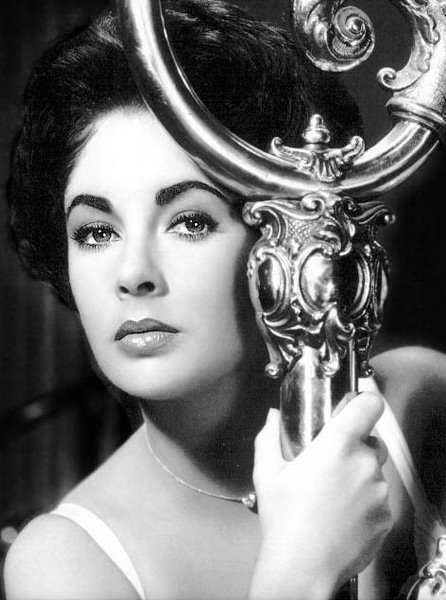To the right is the photo (special thanks to Antoine Alary - @², © 2009) that inspired this random musing. In fall 2008, I took a course on French film at Vanderbilt. Taught by Professor Lynn Ramey, the course began with the Surrealist movement in film. The examples she proffered included "Le Ballet Mécanique" by Fernand Léger, Vigo's "Zéro de Conduite," and Buñuel/Dalí's "Un Chien Andalou," one of my favorites. The other example, "Le Retour à la Raison," is by an American (Who knew?!) artist in Paris, Man Ray (born Emmanuel Radnitzky in Pennsylvania in 1890). The son of Russian-Jewish immigrants, he changed his name to Man Ray in 1912 and moved to the Montparnasse area of Paris in 1921. In the '20s, Man Ray took up with Kiki de Montparnasse, a model and muse who appeared in several of his films and hundreds of his paintings. One of these films was, you guessed it, 1923's "Le Retour à la Raison," which left a huge impression on me as a student of film...
*TO SEE BEN'S FILM, YOU MUST CLICK "READ MORE!"*
This is Man Ray's film, for those of you unfamiliar with it:
At the end of the semester, our class was assigned a project. Reanne Zheng, Natalie Jones, and I chose to make a film based on Man Ray's influential work. We called it "La Perte de la Raison":
These are the words to explain our film (written 12/11/08):
The inspiration for our surrealist film comes directly from Man Ray’s 1923 “Le Retour à la Raison.” While the original film mocks the idea of “reason” with its juxtaposed senseless images and prominent surrealist themes, our film, “La Perte de la Raison” has been created as an homage and as a pastiche of that film. With the inception of his “rayograph” with “Le Retour,” we have also tried to mimic its effect for our film. Our film almost replicates the original film by timing, pace, image, and editing, but with some notable exceptions. While “Le Retour” prominently features a carousel, a poster for a dancer, and a spinning object, our film has added similar objects—a string of lights that mimics the carousel lights and a turning object with its shadow projected on the wall, in the style of the spinning object. To the original surrealist themes of chance and desire, we have also added some new elements of our own to fit our own modern-day criticisms. For example, we added a confusion of gender identity to contribute a contemporary taste of controversy.
Now imagine my surprise when I learned something new about "Le Retour à la Raison" that I had not realized. Taken directly from the write-up in the photo above:
In summary, we hope that viewers will quickly recognize the many allusions to the original film and furthermore be able to recognize that we understand the concepts behind the surrealist films of the 1920s.In the 1923 silent short of this name, Man Ray filmed barely discernable Parisian nighttime scenes, his own mystery-laden photograms, and conglomerations of spiraling or gyrating objects--a sequence of near-total abstractions seemingly devoid of sense or purpose. The "return to reason" came finally in the form of an attractive woman's torso (modeled by cabaret personality Kiki of Montparnasse), turning to and fro beside a rain-specked windowpane: a congruence between abstraction and carnality. Man Ray fixed the enchanting finale, as well as other moments in the film, as photographs, singly and in strips. The innovative dialogue between the still and moving image (a film made from photographs, then "returned" to photography) also involved a conversation between photography onscreen and in print. This particular still, for example, appeared as an autonomous image the following year, in the first issue of La Révolution surréaliste.
I should have realized... Man Ray's self-titled "rayographs," the fuzzy negative images of nails and such, are photographs! His film is composed of photographs (and spinning things, of course)! But how did I not realize his film was made of photographs?! I suppose our film, then, is not quite a perfect shot-for-shot replication of Man Ray's "Retour à la Raison," at least not as perfect as we would have liked.
The information I was able to learn on Man Ray because of the photo has become invaluable, though. I had never thought of the nude woman's torso as being a "return" to reason—to the flesh. Our film's "loss of reason" is, curiously, because of the flesh. In our society, even flesh has been bifurcated into strictly male and female, though flesh is flesh. Perhaps I have stumbled onto something... Maybe there is a message in our film, "La Perte de la Raison," that I had never realized! Maybe the loss of reason is, as we intended, the blurring of social constructions, but maybe the loss is, furthermore, because of the blurring of the meanings of flesh. In this way, our film is the true loss of reason—symbolic order—and Man Ray's film is the true return to reason—return to order, to the flesh, to what we know. How very interesting...
And if you had not guessed, this publishing of the photo was just so I could have an excuse to talk about Man Ray! (And so you could see the film we made and that I am actually capable of filmmaking, not just blabbing about films.)
May 15, 2009
Random Musing: Man Ray
Labels:
foreign,
random musings
Subscribe to:
Post Comments (Atom)

.jpg)

.jpg)
.jpg)


No comments:
Post a Comment